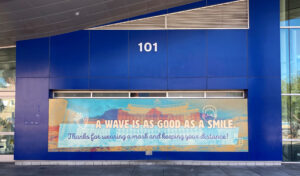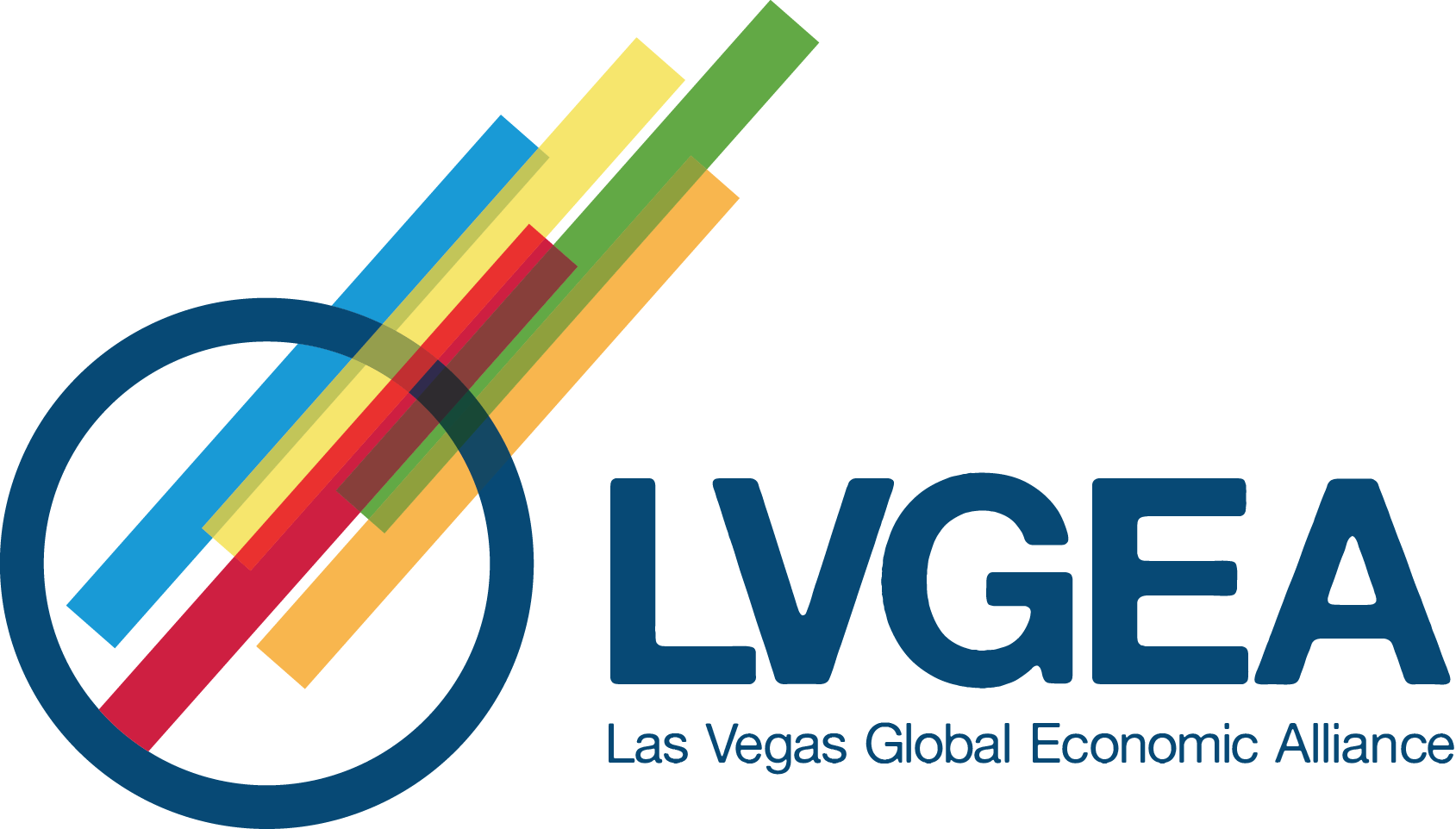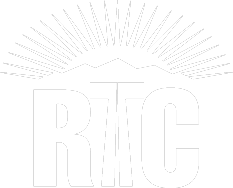RTC releases ‘Access 2050’ Regional Transportation Plan for public comment
Plan identifies transportation projects, programs and services for implementation through 2050
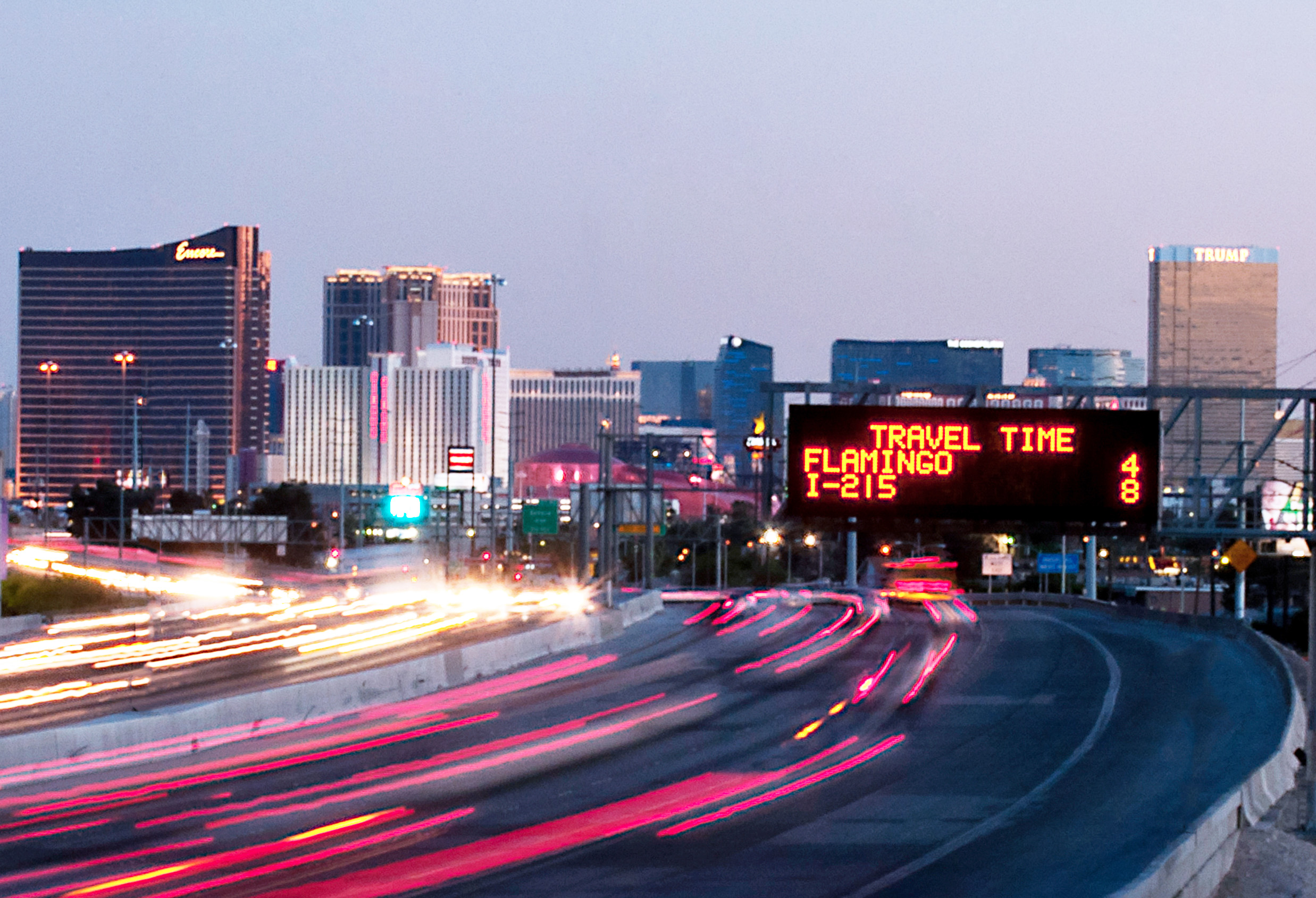
The RTC of Southern Nevada released its updated regional transportation plan (RTP), titled Access 2050, for public comment last week.
The RTP, which is the primary vehicle through which the RTC’s planning process is implemented, includes investments and strategies designed to diversify and expand regional travel options and help stimulate the region’s economic recovery.
“There is a strong body of research showing investment in transportation generates local jobs during periods of construction and operations,” said Andrew Kjellman, the RTC’s transportation planning manager.
“Access 2050 provides an investment schedule that will both stimulate the local economy and support workers and employers as residents return to work and as the region begins to recover,” Kjellman added.
Access 2050 also aligns with and reinforces similar goals included in the transportation plans developed by each of the local governments in Southern Nevada, as well as the Southern Nevada Strong regional plan.
The projects included in the RTP are all submitted by the jurisdictions and are prioritized based on their alignment with the plan’s goals and strategies.
Notable projects in Access 2050 include:
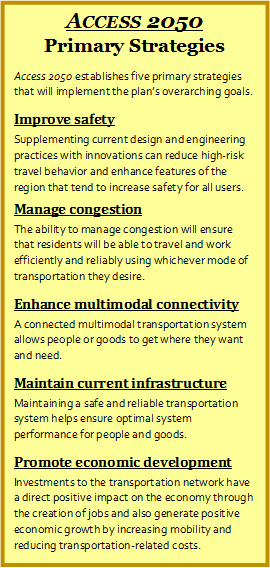
-
- Regional transit system security enhancements – Various enhances to improve system security
- Vegas Valley Rim Trail (VVRT) alignment – Study to identify locations for future trail alignment
- Boulder Highway transit – Design and construction of dedicated transit lanes and stations along a portion of Boulder Highway
- Vegas Drive Overpass at US-95 – Demolish and reconstruct overpass; Provide roadway improvements, including pedestrian and bicycle lanes, between Rock Springs and Rainbow
- Rancho Drive enhancements – Reconstruct roadway to include complete street improvements with dedicated bus/bike lanes
- Spencer Greenway Trail improvements – Provide multimodal improvements to serve non-motorized users and enhance connectivity and safety
Central to developing the RTP, which is federally required to be updated every four years, is ensuring that it reflects the vision of the community.
To gain insight into the public’s priorities for regional mobility and transportation investments, the RTC conducted a Transportation Vision Survey early in the plan’s development.
More than 12,200 responses were gathered through the survey, making it one of the largest reviews conducted of Southern Nevadans’ attitudes about transportation.
Survey results were used to prioritize projects included in Access 2050, as well as craft a long-term transportation vision for the region, which was used to develop the plan’s overarching goals and strategies.
To view the draft plan, provide feedback, or find a list of upcoming public meetings, visit www.rtcsnv.com/access2050. The 30-day public comment period is to run from Oct. 26 – Nov. 25.
RTC receives ‘Arts & Transportation’ grant to help address pandemic-related transportation challenges
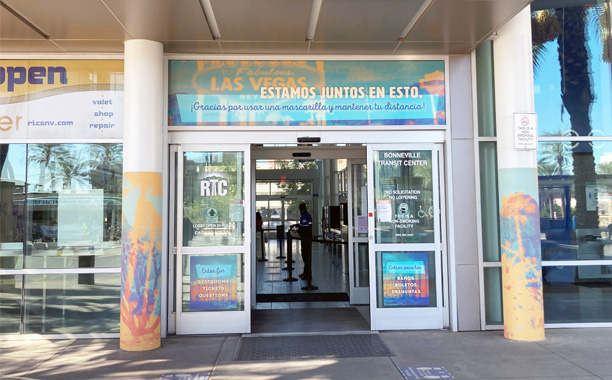
New locally designed artwork and signage depicting social distance and safety guidelines for transit users were installed at the Regional Transportation Commission of Southern Nevada’s (RTC) downtown Bonneville Transit Center earlier this week.
The design and implementation of the new communications campaign is part of Smart Growth America’s Arts & Transportation Rapid Response initiative.
The program saw RTC partner with local artist Ashley Hairston Doughty to design creative artwork and signage focused on social distancing and RTC’s new public safety protocols.
Smart Growth America’s initiative sees artists as unique partners for helping transit agencies continuing to provide transportation service while maintaining a focus on COVID-related safety measures.
The Arts & Transportation Rapid Response funding allows the RTC to partner with Doughty to seek creative solutions to the agency’s unique COVID-related transportation challenges. Doughty, who is also an assistant professor of art at UNLV, is a visual storyteller who excels at explaining personal experiences through verbal and visual language.
“By designing methods to communicate safety measures, we enhance mobility, facilitate multi-modal connectivity and increase safety for our customers, which is critical during this time,” said Brij Gulati, the RTC’s director of capital projects.
Supported behind-the-scenes by Mark Salinas, a governor-appointed board member of the Nevada Arts Council, Doughty worked with the RTC on a communications campaign to advise riders of best practices for avoiding the risks associated with COVID-19 while waiting for and using public transportation in Las Vegas.
The campaign emphasizes social distancing and face-covering protocols through artwork and signage at the RTC’s main hub for fixed route operations in Las Vegas.
Because of its centralized location, the transit center connects residential passengers who rely on public transportation to get to work and other essential services around Southern Nevada.
The facility currently lacks long-term, prominently displayed and aesthetically-pleasing signage for guiding transit users in proper social distancing and safety measures.
“Supporting local artists aligns with RTC’s focus on strong community involvement, support of local entrepreneurs and is an exciting opportunity for our agency. This project has the potential to brighten the outlook of our passengers during these times of uncertainty,” said MJ Maynard, CEO of the RTC.
The Arts & Transportation Rapid Response funding is provided by the Kresge Foundation and the National Endowment for the Arts. RTC was one of five agencies from around the country to be awarded funding, receiving a $3,000 stipend for administration and coordination of the grant.
Doughty and Salinas are also being compensated for their time and materials; the amount is coordinated directly through Smart Growth America.
Health district supporting several efforts to advance active transportation, physical activity across region
Study of health impacts related to transportation network among upcoming projects
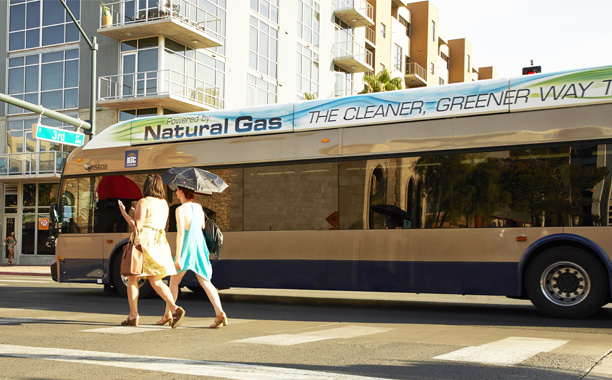
Recognizing the inextricable link between transportation systems and community health outcomes the Southern Nevada Health District (SNHD), UNLV, and RTC of Southern Nevada are partnering on a study to assess the health-related impacts of the region’s transportation network.
The assessment is one of several recent projects the health district has undertaken to increase physical activity and address health disparities as part of federal grant awarded in 2018.
SNHD was one of 31 funding recipients of the Racial and Ethnic Approaches to Community Health (REACH) program, administered by the Centers for Disease Control and Prevention (CDC), which aims to remove barriers to health linked to race or ethnicity, education, income, location, or other social factors.
Health gaps remain widespread in the U.S. among racial and ethnic minority groups, according to the CDC.
The study also furthers the RTC’s efforts to improve public health through transportation, a strategy found in the agency’s updated regional transportation plan.
Currently, the region’s transportation system and development patterns are predominantly auto-oriented, which has resulted in an environment commonly associated with negative health outcomes, including poor air quality, low rates of physical activity, and a prevalence of chronic disease.
Too often, these negative outcomes are disproportionately experienced by vulnerable communities.
When the study kicks off this winter, the project team will be aiming to estimate health-related impacts attributed to the both regional transportation system and future development scenarios, as well as integrating health outcomes in future transportation projects.
In addition to the transportation system HIA, upcoming projects slated for 2021 include working with North Las Vegas to make targeted improvements to enhance walkability and bikeability, and a multi-agency collaboration to develop a web-based tool that helps planners better integrate health, safety and equity-related considerations into land use decisions to support walkable and bikeable communities.
Recently completed SNHD projects that aim to increase physical activity through active transportation are below, with the partnering agencies noted in parenthesis.
-
- 10-Minute Walk to a Park assessment (Henderson)
To improve access to parks and trails in Henderson, SNHD partnered with the city to create and analyze GIS pedestrian network data, perform walk audits, and gather input from residents. Based on the assessment findings, a prioritized list of improvements was developed that, when completed, will increase the percentage of residents able to access parks, trails and/or recreation centers within a 10-minute walk from their homes. - Safe Routes to School crosswalk enhancements (Las Vegas; Clark County School District)
SNHD continued its support and sponsorship CCSD Safe Routes to School (SRTS) programs. Through the partnership with City of Las Vegas and CCSD SRTS, 12 schools in priority zip codes within the City of Las Vegas received crosswalk enhancements. - Downtown North Las Vegas wayfinding plan (North Las Vegas)
North Las Vegas developed a Wayfinding Guidance Plan and installed new wayfinding signage in its downtown to increase active routes to everyday destinations including worksites, schools and recreational areas. The signage also highlights community destinations and high-comfort routes in the pedestrian and bicycle network. - Charleston Blvd-LVMD health impact assessment (Las Vegas; UNLV; RTC of Southern Nevada; Nevada Minority Health & Equity Coalition)
Project partners worked together to conduct a health impact assessment (HIA) along a segment of Charleston Blvd. in the Las Vegas Medical District area. The effort aimed to identify and support prioritization of infrastructure projects that increase safety and multimodal access to everyday destinations around the Medical District, including schools, parks, and workplaces.
- 10-Minute Walk to a Park assessment (Henderson)

